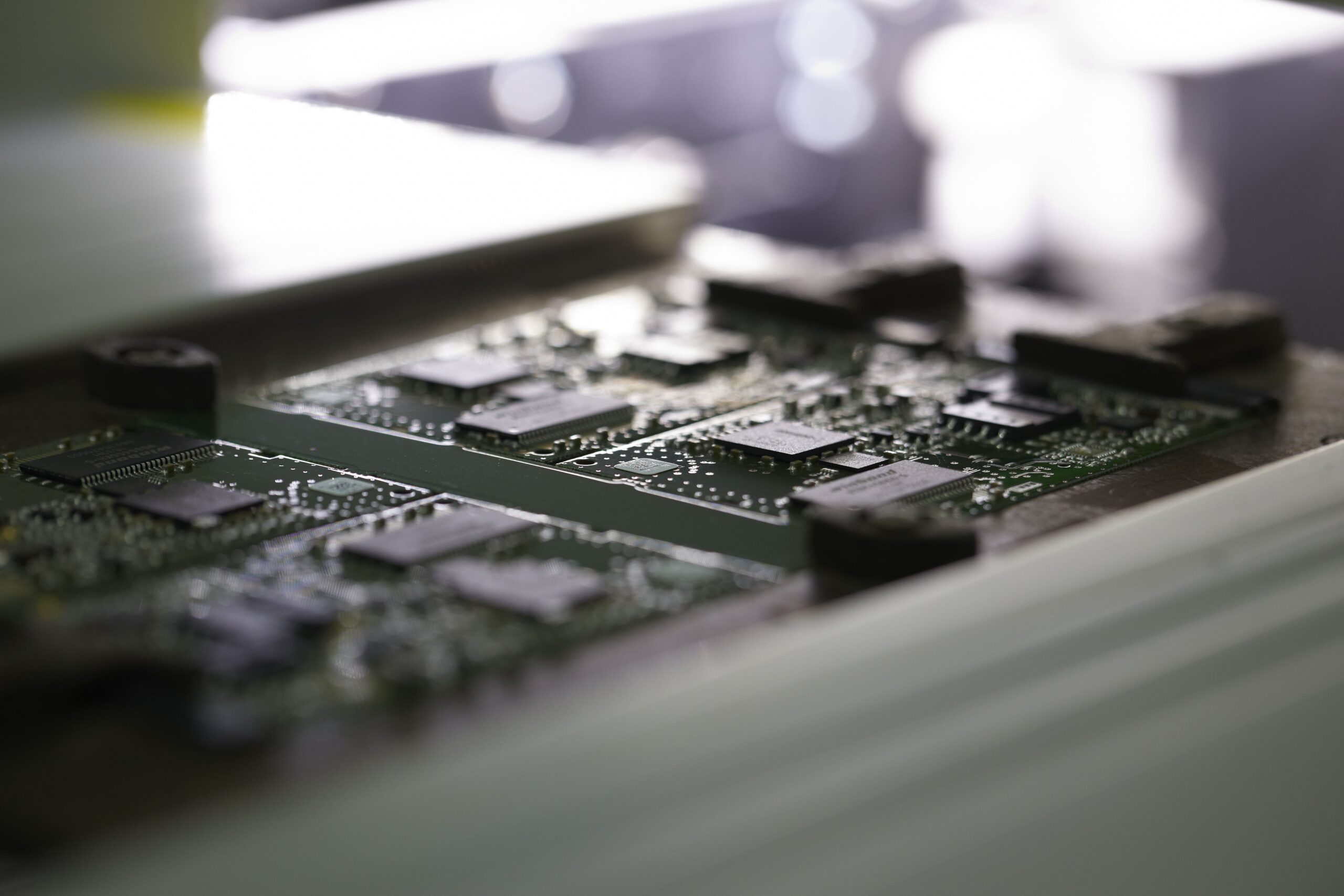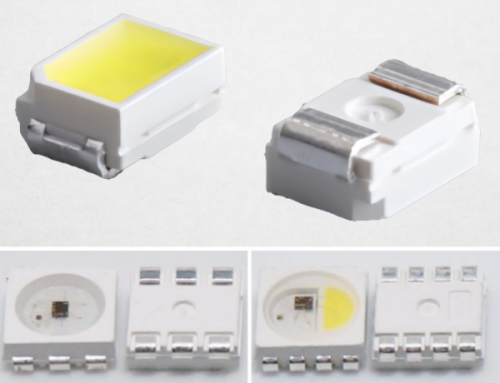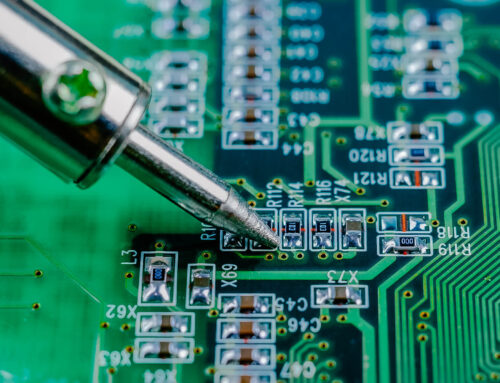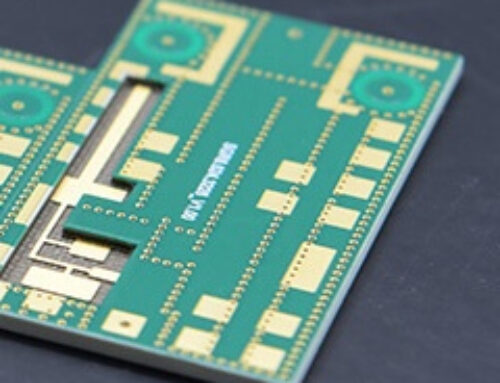What Are the Problems that May Arise During PCB SMT Assembly?
SMT is a crucial step in the PCB assembly process of PCB factories, and it is also one of the necessary methods for quick turn PCB assembly.

Table of Content
SMT is an important step in the assembly of PCBs by PCBA
factories. It is also a necessary method for quick-turn PCB assembly.
To avoid any problems, PCB assembly workers should adhere to the appropriate procedures when patching
with surface mount technology. Before, we have discussed SMT process specifications as well as common
anomalies.
What problems are most common during PCB SMT assembly?
1. Problems with Material Throwing
The most common problem in SMT manufacturing is material throwing.
The most common manifestation is when the nozzle does not pick up the components or that the components
picked up are not mounted onto the PCB.
The problem of throwing material can be attributed to two main causes:
1) Poor Absorption
Poor suction can be caused by nozzle blockage or uneven nozzle surfaces, an incorrect feeder position,
the wrong component thickness in the program, the unreasonable picking height in the pick-and-place
machine, and many other factors.
2) Poor Identification
There are many reasons why the recognition is poor. These include foreign matter or dust on the
nozzle’s surface, dirt on the reflective surface, and contamination of the lens and glass cover of
the component recognition cameras.
2. The Wrong Item Problem
The production and processing of SMT mount technology patches is plagued by the problem of wrong parts.
The product will be scrapped if the wrong parts are found. This can lead to heavy losses in economic
terms.
The main causes of incorrect parts are:
1) It Is Not Possible to Read the Tray Information
If the operator is replacing the material tray and the information on the tray does not match the
material number in the system it can lead to the wrong parts.
2) Feed Tray Contamination
It is possible that the wrong component will be installed if other components are still on the tray.
3) Human Operation Errors
If the operator isn’t careful when replacing the tray, they may end up with the wrong part.
3. Flying Pieces Problem
Flying parts is the term used to describe the component that falls off the nozzle during SMT assembly.
Flying parts can be caused by several factors.
1) The Nozzle or Surface Is Ineven
The fit between the nozzle, and the component will be affected if the nozzle or surface is uneven. This
can result in parts flying.
2) Components that Are Defective or Not Up to Standard
Flying parts can also be caused by defective components or those that do not meet standards. The choice
of PCB component supplier is also important.
3) Support Pin Height Is Inconsistent
The PCB board cannot remain level if the height of the support pins is inconsistent. This can result in
parts flying.
4) The Component’s Thickness Has Been Incorrectly Set By the Program
The patch height can be unreasonably high if the program has set the component thickness incorrectly.
This will result in parts flying.
5) The Pressure on the Patch Is Too High
The component may fly off if the pressure on the patch is too high.
6) Insufficient Solder Paste Viscosity
The components can fall off if the solder paste does not adhere well enough.
Summary
The quality of printed circuits and the efficiency of manufacturing will be affected by common problems
during PCB assembly. The printed circuit industry should therefore strengthen their prevention and
control during the SMT process.
Specific measures include:
• Maintain and service the equipment properly to avoid failure.
• Follow the procedure to prevent human errors.
• To prevent the wrong parts and missing components, strengthen quality inspections of components.
The above measures will reduce the problems that occur in SMT patch production. It can also improve the
quality of circuit boards and their production efficiency.
related Posts
Contact us
WhatsApp: +86-13570802455
Wechat: +86-13570802455
Teams: alek_youte
Email: sales@yt-electronic.com









